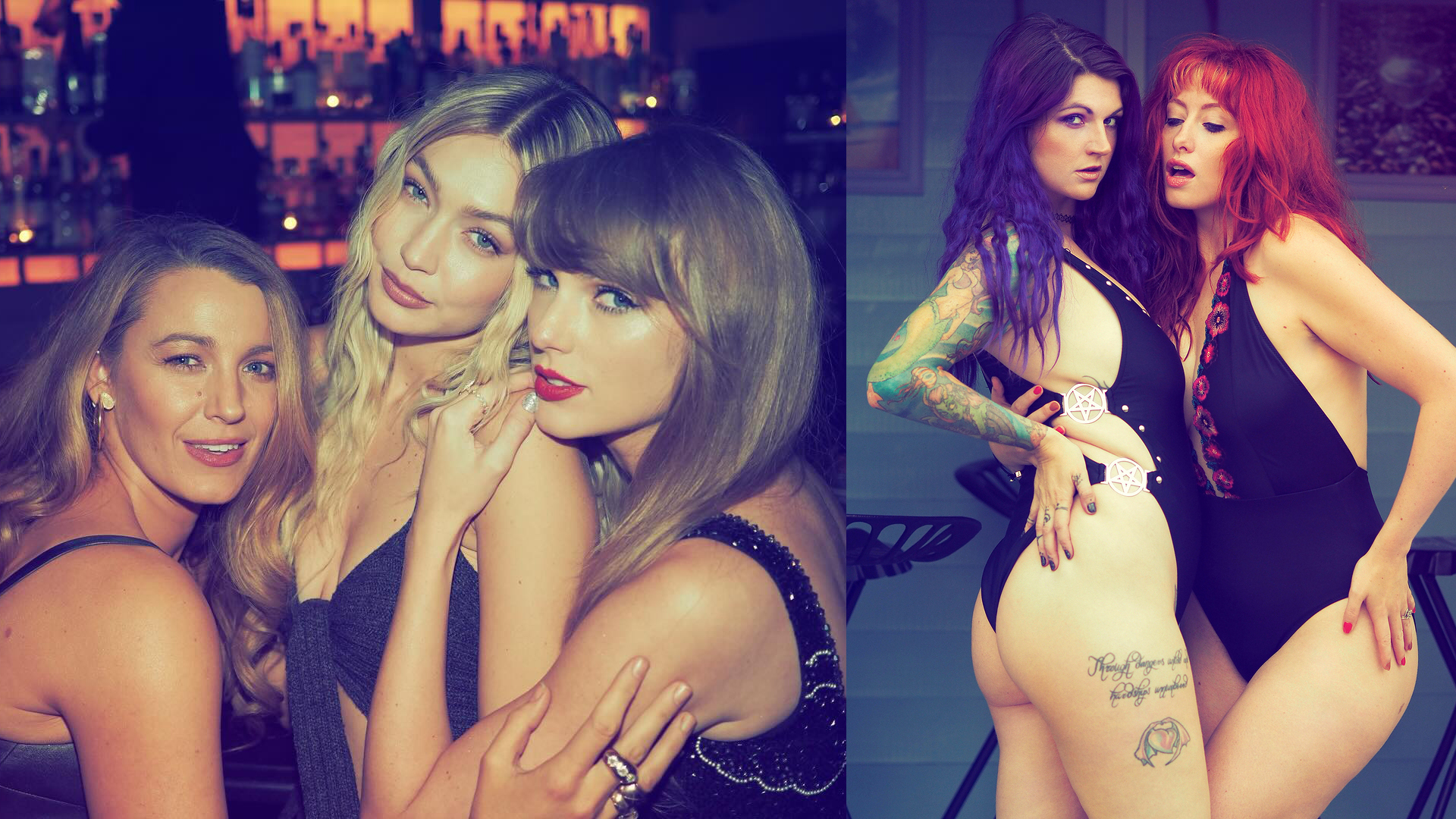
While doing a deep dive to identify the camera that Taylor Swift uses (spoiler alert, she's an Olympus gal), I also noticed something else about her photography: she uses the same in-camera filter that I do.
A quick catch-up, in case you missed my original story: Swift has been using Olympus cameras since at least 2015, when photos of her with a silver Olympus OM-D E-M1 Mark II appeared in the press and on her Instagram profile. As of the most recent paparazzi picture, she's using an Olympus OM-D E-M10 Mark IV.
Something that all Olympus camera have in common is their selection of in-camera Art Filters. Now, this is probably an article / rant in its own right, but despite the negging that these get, they are really no different from the Film Simulations on Fujifilm cameras.
Used with consideration, they're an effective way to pre-produce your images instead of (or in addition to) post-producing them – and they're a tool that I've been using in my own photography for years.
And wouldn't you know – my favorite of these filters, Vintage I, is also Taylor's fave.
It always feels a bit funny when somebody else uses the same camera settings / effects / presets / tricks as you, but for some reason it feels extra weird that Taylor uses the same filter as me. Possibly because filters get such a bad rap, and so does Taylor Swift.
But hey, I'm secure enough to know that my images are good and the look that this filter produces works for what I shoot (as do the other filters I use). I've included a few examples, partly for my own edification but also to illustrate the look.
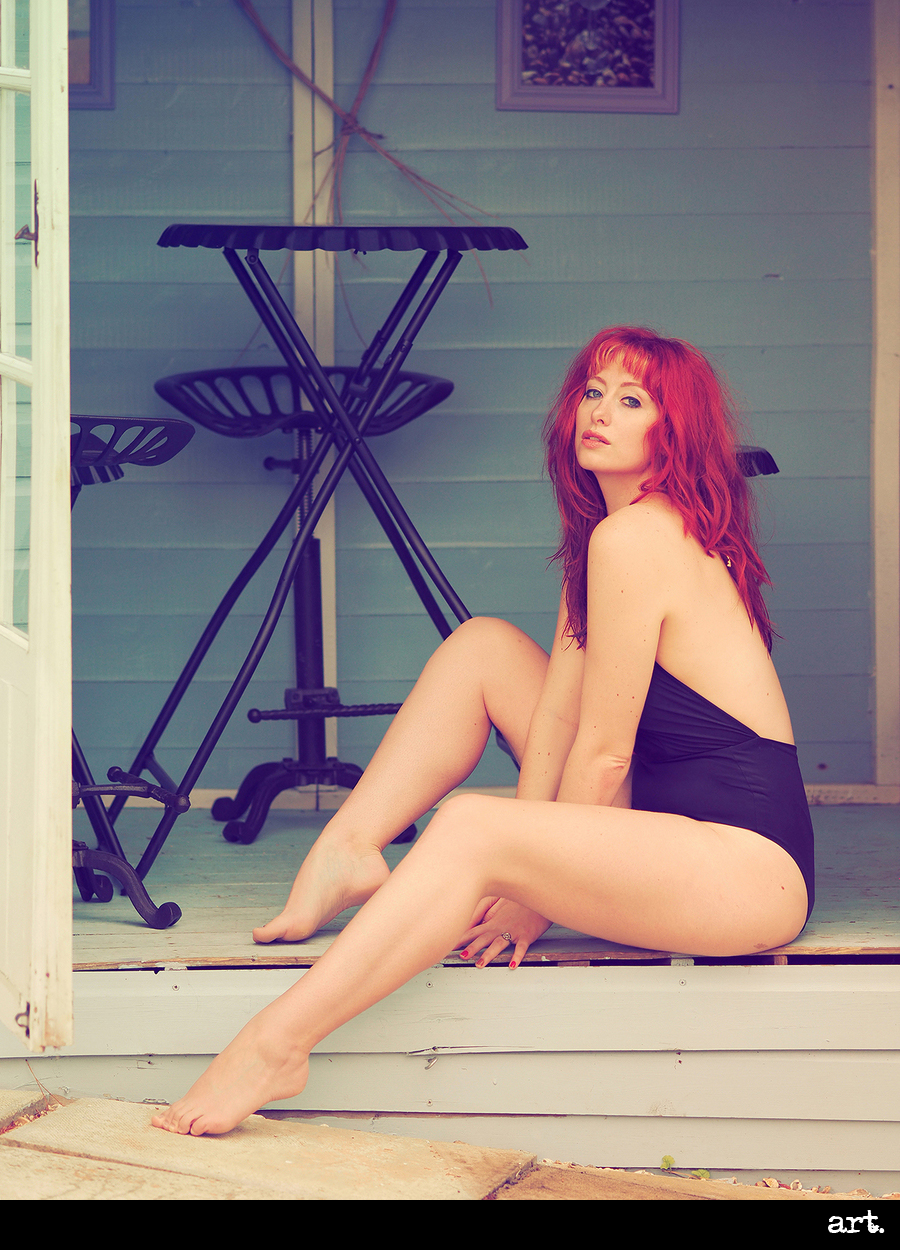
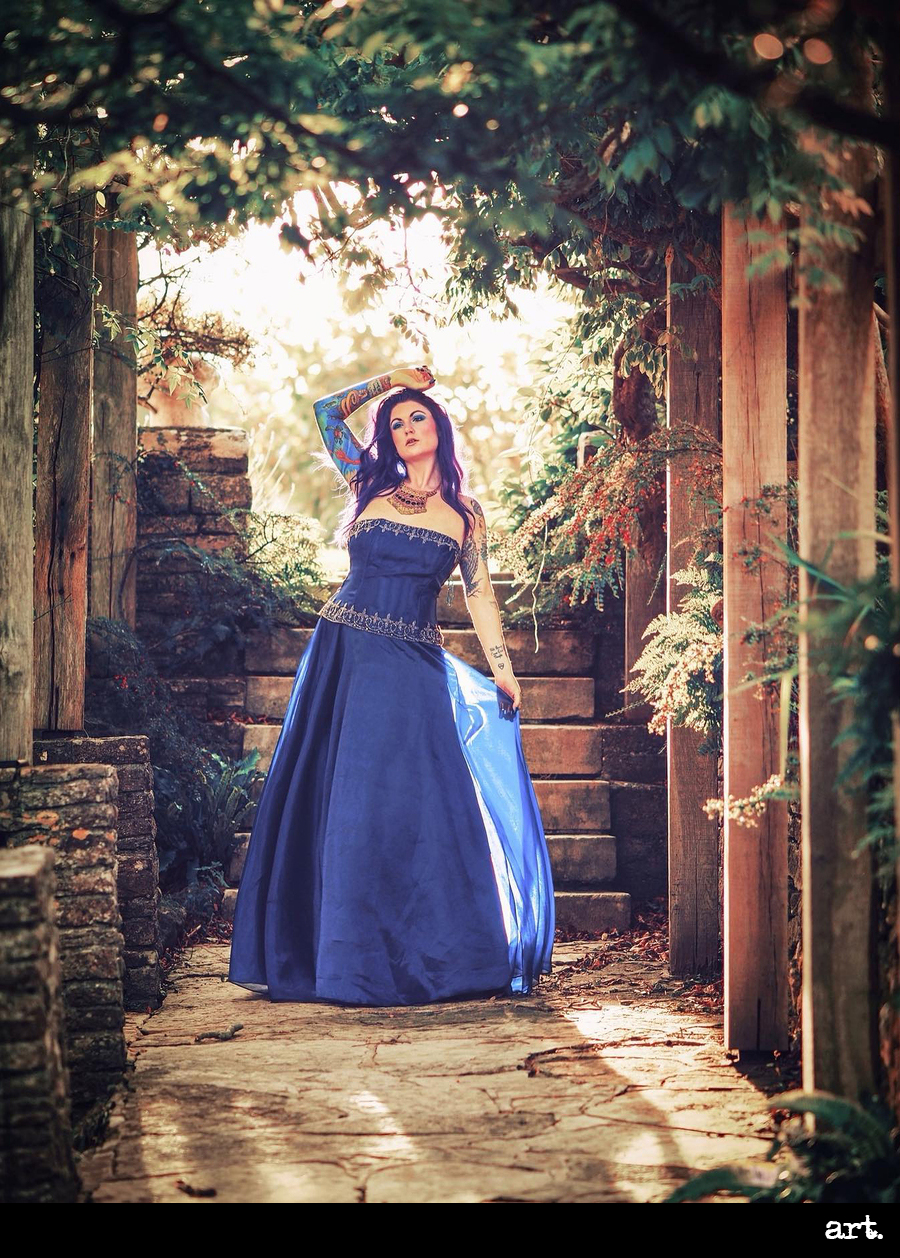
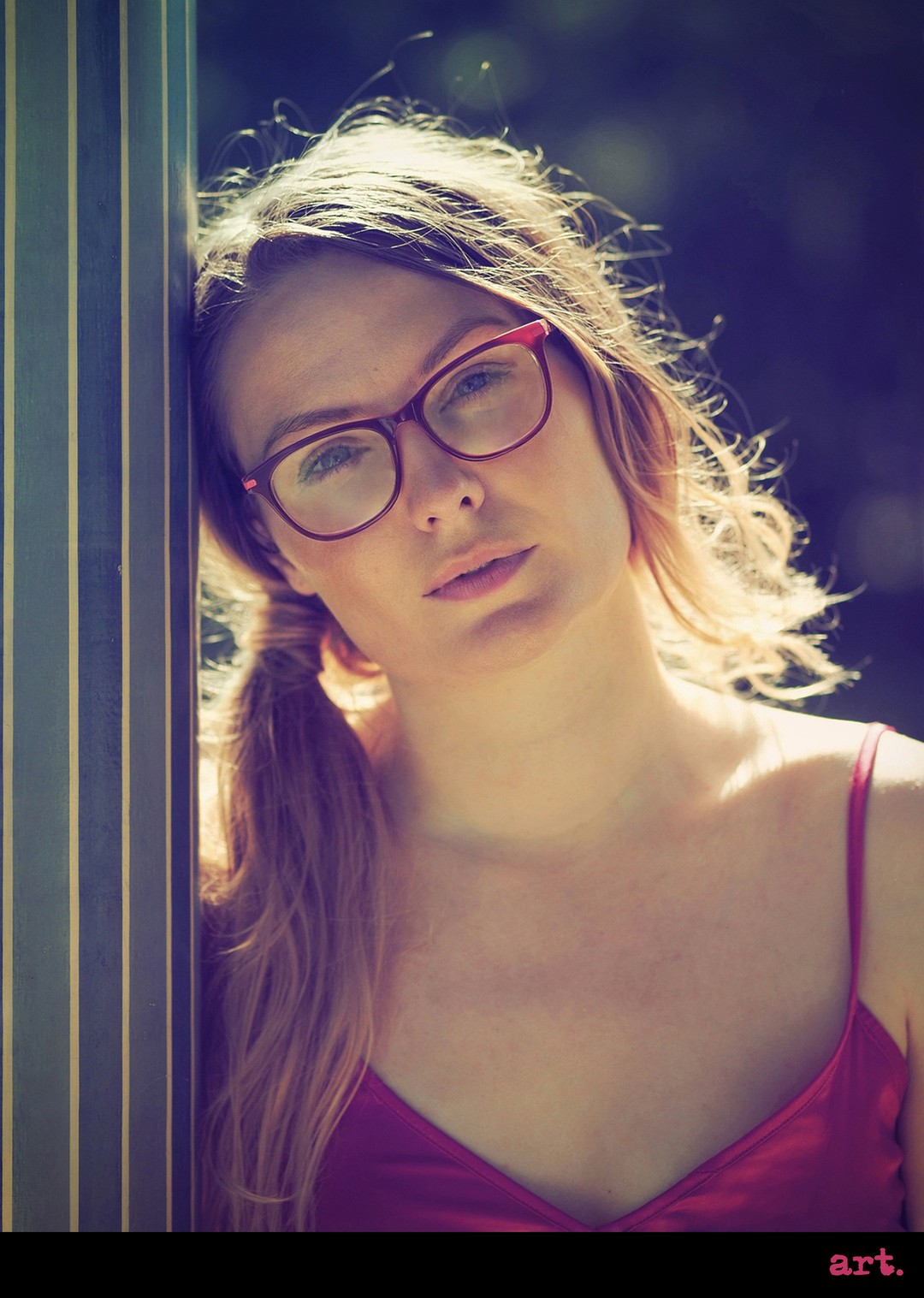
You've got to know when these filters are going to work – just like any creative choice on your camera, whether it's when to shoot in color or black-and-white, whether to use a specific focal length or aperture, or even when to use a certain film stock for a certain effect… which is, effectively, the same thing as choosing a filter.
Personally I love the effect of Vintage I – but you can't use it for everything, any more than you'd use Provia for everything, or a 135mm lens for everything, or an ND grad for everything. It's a very distinct and deliberate choice, so I only use it when the right subject, the right colors, the right skin tones and the right light are present.
It works amazingly on red hair, for example, and when there are blues or blue hues in a scene. It's an amazing golden hour filter as well, given the warm effect it produces.
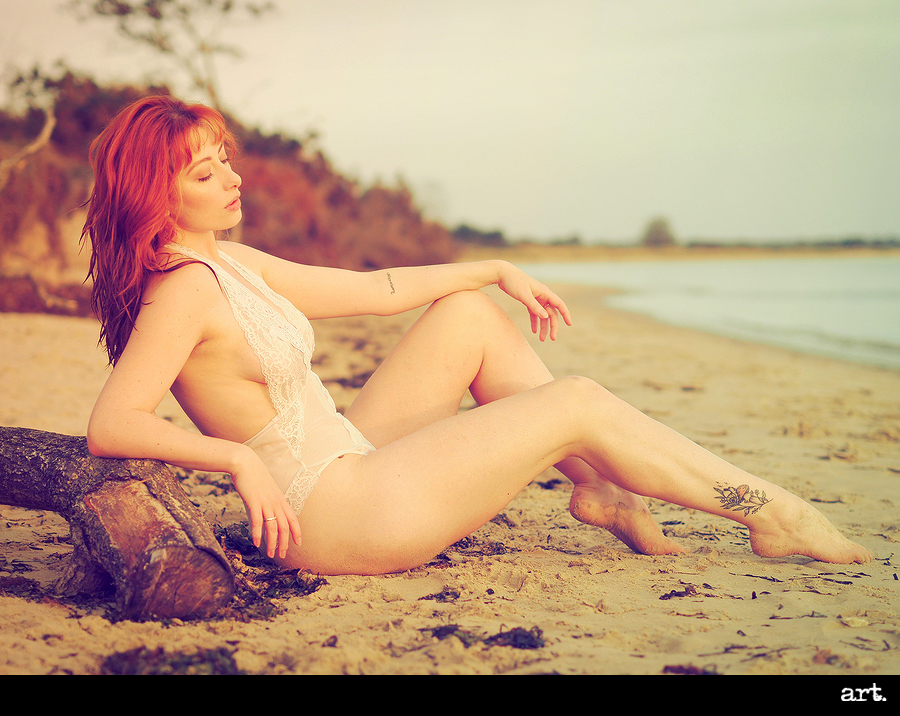
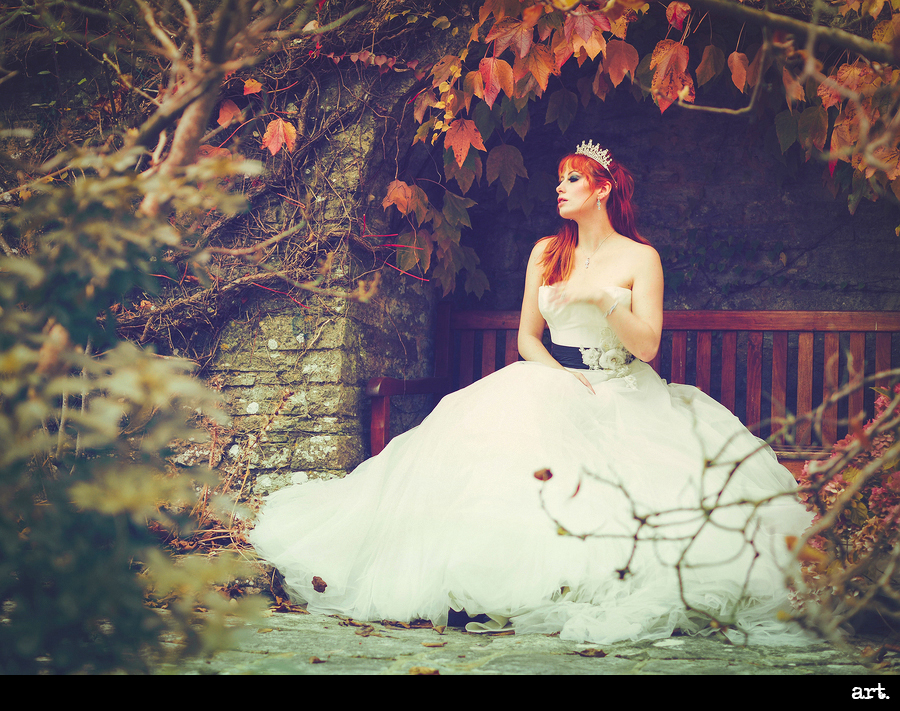
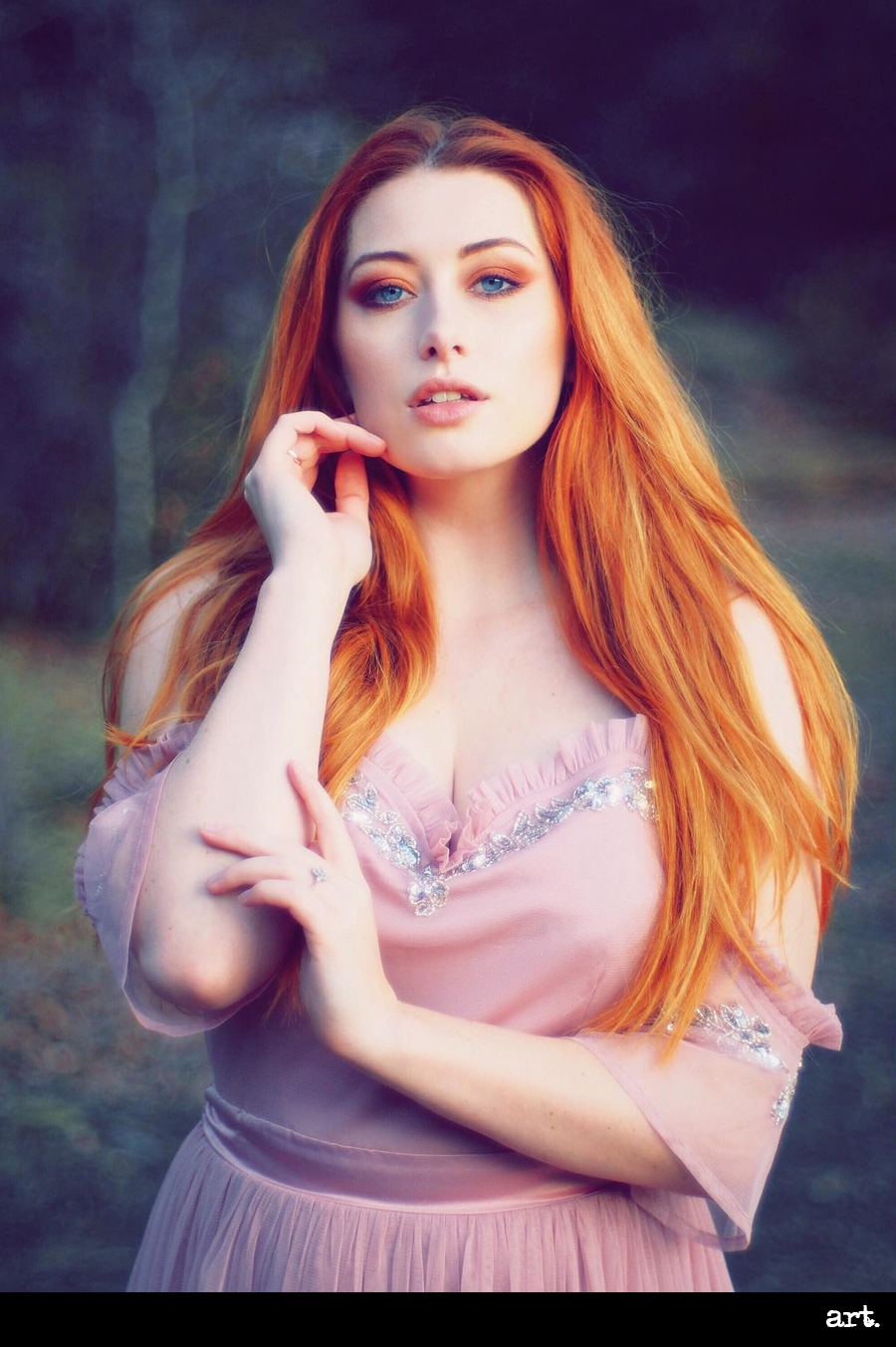
I guess there's part of me that worries people might think I'm trying to copy "the Taylor Swift look". But then again, given how many people use presets to make their work look like someone else has edited them, I doubt anyone cares.
All that really matters is that I enjoy using this filter, it makes my photography more fun, and I love the results. And whoever else uses it, good for them – I hope it brings them just as much joy as it does me.
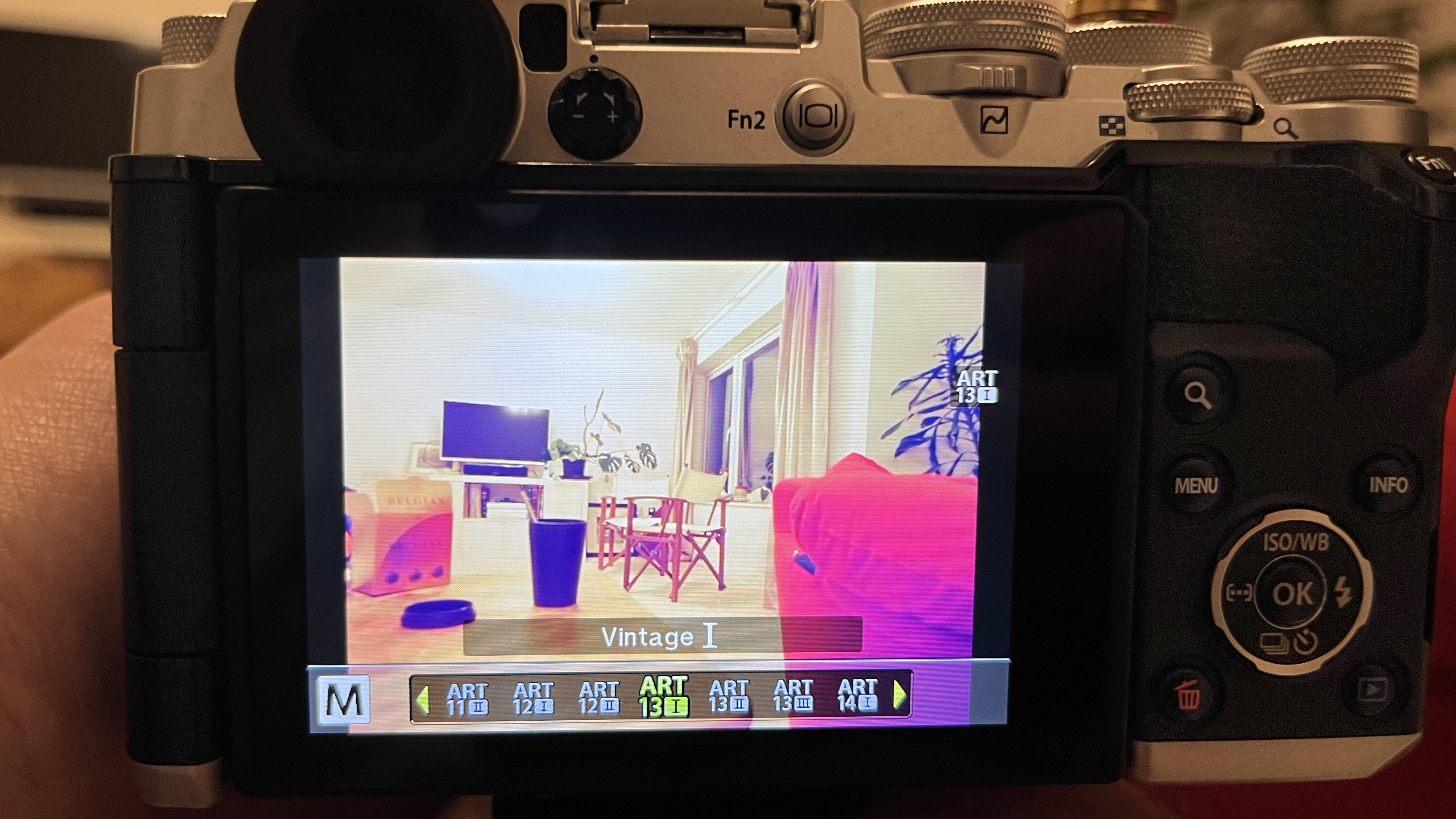
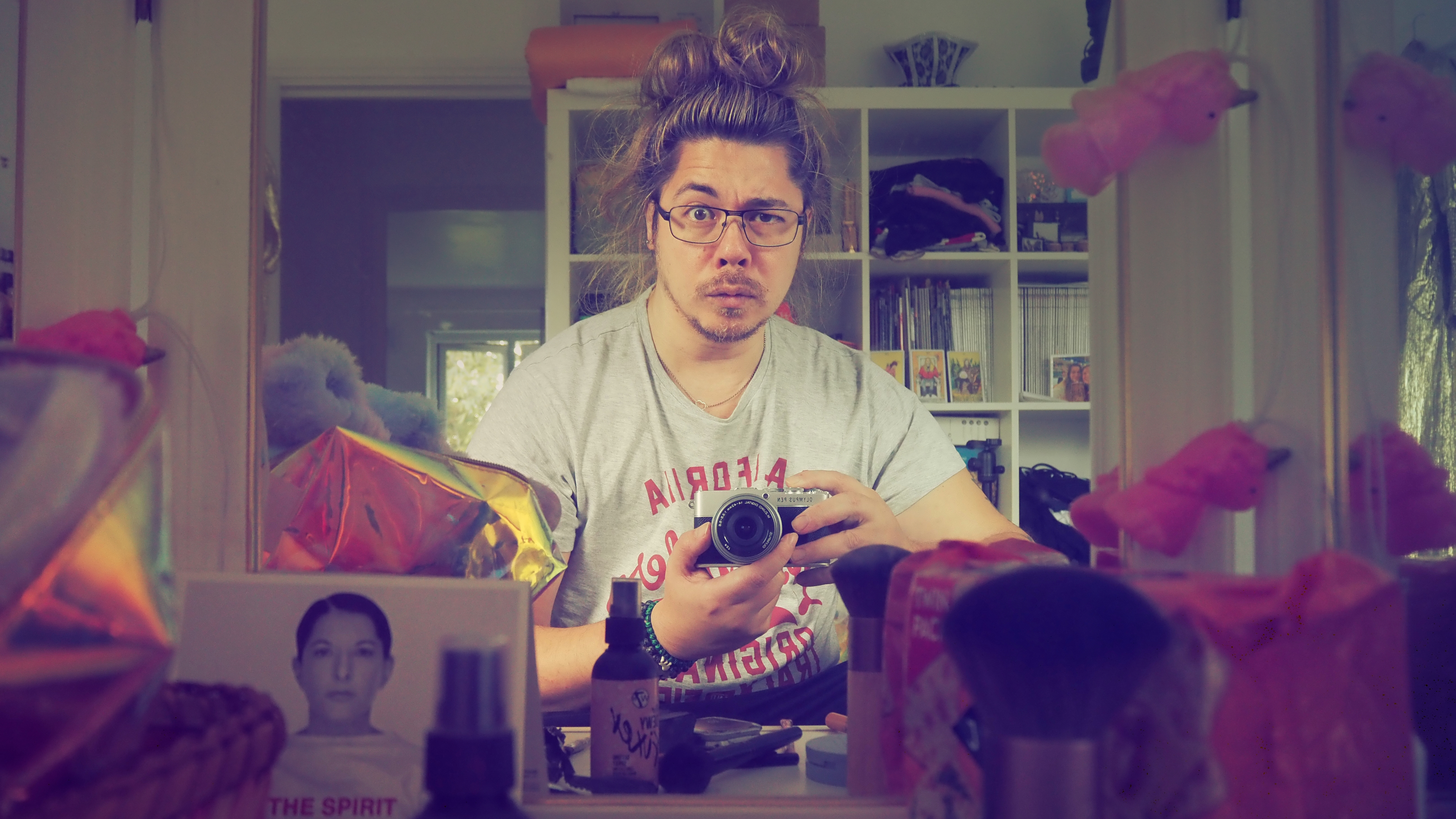
If you dig this filter, you might want to check out the best Olympus (OM System) cameras – and don't forget to find the best Olympus (OM System) lens to pair with it.







